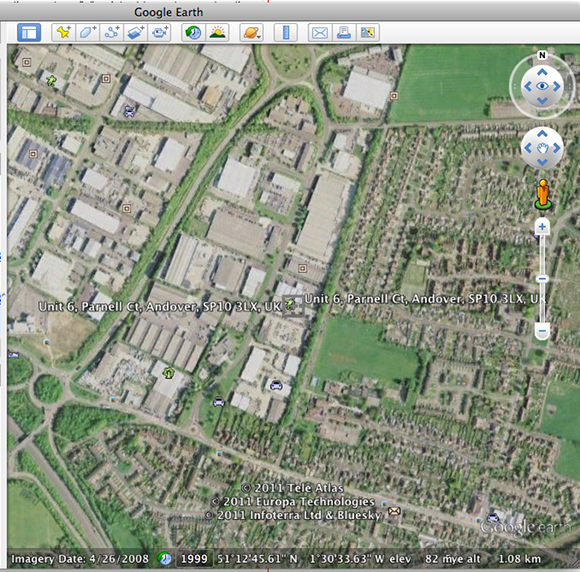More than $60bn spunked on cyber-security in 2011
Global cyber-security spending is on track to exceed $60bn for 2011, according to a study by management consultants PwC.
The growing tide of cyber threats, coupled with greater vulnerabilities due to the more pervasive use of technology – particularly mobile devices and cloud computing – are fueling a growth in cyber-security spending. Increasing regulations, particularly those enforcing the requirement to secure personal data, as well as outsourcing, are also having an effect. Spending on cyber security is set to grow 10 per cent year on year for the next three to five years. UK cyber-security spending alone is expected to reach nearly £3bn in 2011.
This, in turn, is driving increased spending in the market by a variety of different players. Investors, defence contractors, IT services, mainstream technology firms and others all want a slice of the action, according to PwC. The United States, Japan and UK are three main deal markets for cyber security.
Cumulative spending on cyber-security deals since 2008 totals nearly $22bn, an average of over $6bn in each year, according to PwC. Notable deals include Intel’s $7.8bn acquisition of McAfee, which completed in February 2011. Other mega deals (with values of $500m or above) since 2009, including Dell’s acquisition of Secureworks in 2011 and Apax Partners’ acquisition of Sophos in 2010. Other notable deals include BAE’s acquisition of Detica, defence contractor Raytheon snapping up Applied Signal Technology, Symantec’s purchase of MessageLabs and HP’s acquisition of security tools firm ArcSight.
Deal value-to-revenue ratios for the numerous infosec sector deals evaluated by PwC between the start of 2008 and the middle of this year came in at a multiplier of between two to three, higher than accounting fundamentals would suggest the acquired firms were worth. These figures are a “clear indicators that acquirers are willing to pay a premium to buy cyber-security companies”, PwC reports.
PwC’s study, Cyber Security MA: Decoding Deals attempts to explains the motives of various players either entering into or expanding their presence in the infosecurity market.
Fewer helicopters, more firewalls
Defence contractors are seeking to diversify away from core defence markets, which are forecast to decline over the next few years. In addition, there is a “structural trend in government spending away from defence and towards security”, as PwC puts it.
“Deal activity in cyber security is expected to continue to grow given the fragmentation of the market and the attractive growth outlook, said Barry Jaber, PwC’s UK-based security industry leader. “Technology and IT companies are making acquisitions to differentiate their offerings while defence firms continue to do deals to diversify away from shrinking defence budgets,” he added.
In most countries, the private sector accounts for the majority of cyber-security spending. However in the US, government spending is almost equal to that of the private sector. The strong US technology industry combined with the fact that US defence and intelligence budgets are significantly larger than in any other country are key market drivers. ®
Article source: http://go.theregister.com/feed/www.theregister.co.uk/2011/12/01/cyber_security_trends_pwc/

